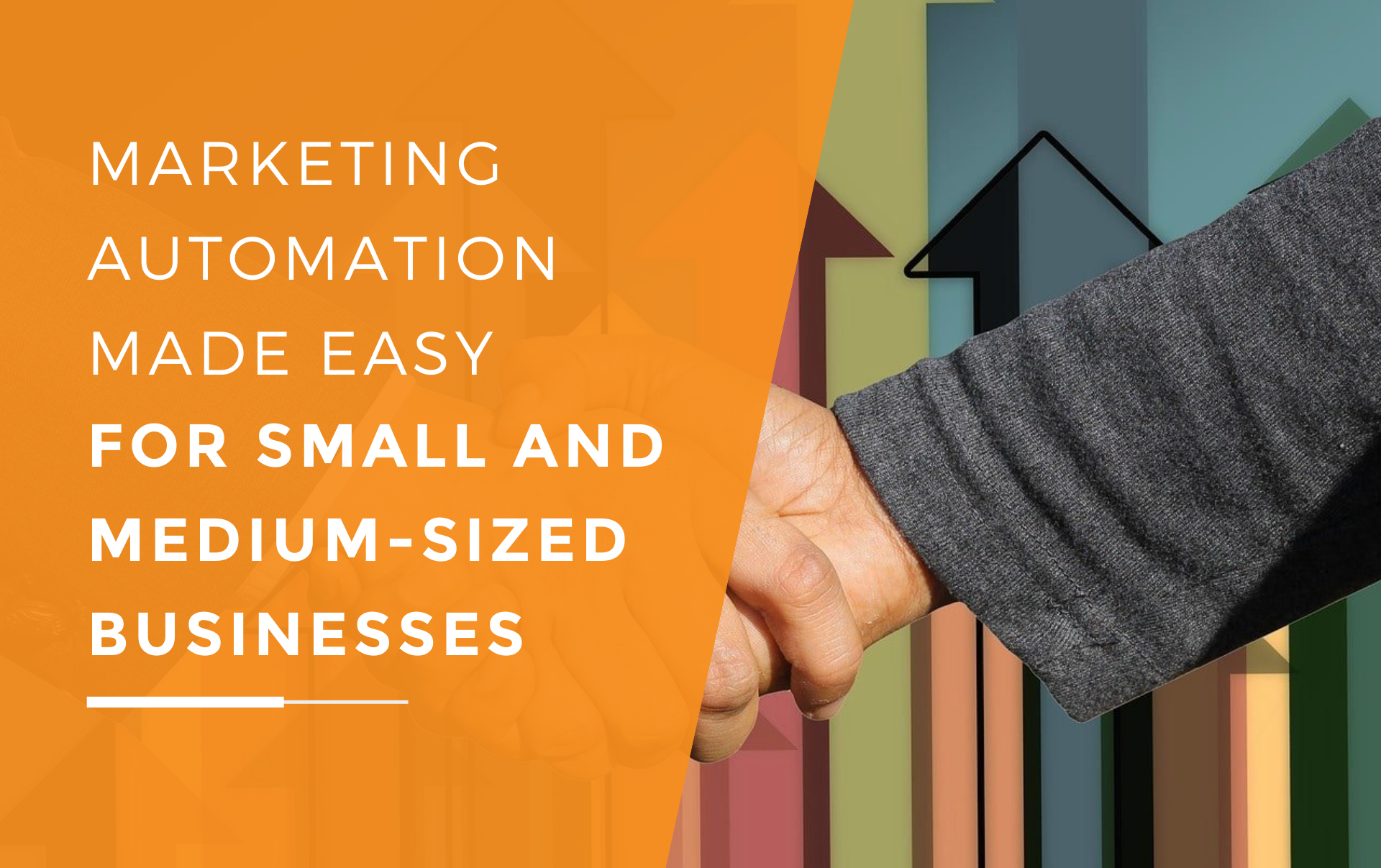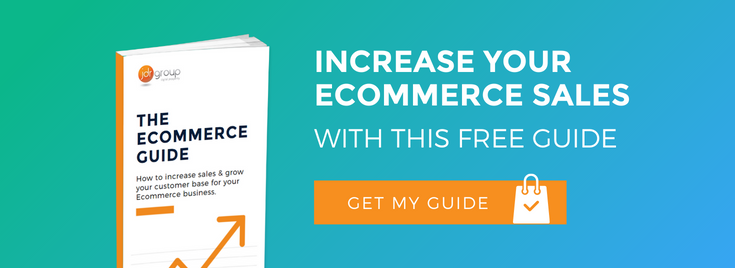The Cost Of Switching From WooCommerce To Shopify: Is It Worth It?
by Will Williamson on 28-Sep-2023 12:00:00

As an Ecommerce business owner, the prospect of switching platforms can be a daunting decision, and many businesses understandably prefer the stability of using a platform they are familiar with, rather than the uncertainty and risk of migrating, even if they are disappointed with the performance of their current platform.
This article is for any Ecommerce business owner considering migrating from WooCommerce to Shopify, and if you fall into this category, you’ve likely got a lot of questions. Will the switch be worth the investment, and what are the risks and benefits?
WooCommerce: Why Business Owners Love It (And Why They Outgrow It)
WooCommerce is an open-source plugin for WordPress that offers extensive Ecommerce customisation, allowing businesses to create a highly targeted and unique online shop without any upfront investment. Given that it’s a freely available solution, WooCommerce is an affordable and appealing choice for start-up online retailers on a shoestring. However, the cost of maintenance, hosting, and premium plugins can soon add up, making a WooCommerce store a potential money pit in the long run. It is also often difficult to scale a WooCommerce store to the needs of a small business as it expands, resulting in performance and functionality issues that can limit growth.
Shopify: A New Hosting Concept For Ecommerce Businesses
Unlike WooCommerce, Shopify entails costs from the very beginning, but what you get from that as an Ecommerce business is a complete website building, hosting, and marketing platform for the price of a modest monthly subscription, with no hidden extras. Compared to juggling the demands of website maintenance, hosting, updates, and security in-house, Shopify can be a huge time saver. The platform is also known for its easy-to-use website-building interface, making it a good option for business owners with limited coding skills. And, with a range of pricing plans available, Shopify allows you to expand your capabilities as your business grows. Shopify also gives users access to round-the-clock customer support, something that WooCommerce users don’t have automatically unless they use a paid service.
So, How Do The Two Platforms Compare In Terms Of Costs?
While you can download and use the WooCommerce plugin itself for free with any WordPress site, its costs can accumulate when you consider hosting, maintenance, and additional features. Hosting services can range from as little as £2 to £400 or more per month, depending on your chosen provider and level of support.
Plugins and themes designed to make your Ecommerce shop more appealing or functional can also yield additional costs, and you’ll need to budget for your domain name, web developer/contractor costs, theme purchases, updates, security, and content backup services, potentially making a WooCommerce store more expensive than you had initially bargained for.
In contrast, Shopify is refreshingly transparent with its pricing. You can subscribe to the Basic Shopify tier for as little as £25 per month, the standard Shopify for £65 per month, and the Advanced tier from £344 per month, while for larger and more established retailers, Shopify Plus is available from around £1600 per month ($2000 US).
Each plan includes maintenance, support, hosting, and an SSL security certificate, although transaction fees may also apply depending on your chosen payment gateway.
Overall Cost Analysis – Potential Savings Versus Additional Expenses
With these cost figures in mind, it makes clear financial sense for independent and micro-retailers to migrate to Shopify, with immediate monthly savings that will quickly recoup the costs of the transition from WooCommerce. For larger SMEs, the decision whether to transition may not be so clear-cut in terms of monthly expenses, especially if you’ve already poured significant money into developing your WooCommerce site.
Any cost-benefit analysis should compare the side-by-side costs of WooCommerce, including design, plugins, hosting, etc., and compare them with your desired Shopify plan. This assessment will give you a grasp of the ongoing financial implications of the switch, but you should also accommodate the cost of building a new site on Shopify, including training, design, and content creation.
The decision will ultimately hinge on your business model, growth plans, and usage priorities. For example, will easy setup and ongoing support save you time and resources? And does Shopify’s innate scalability offer your business cost-effective opportunities for growth?
What Next?
In our experience based on cost analysis, ease-of-use, and scalability, Shopify usually emerges as the better option for B2C Ecommerce business owners, despite the many plus points associated with WooCommerce. Shopify’s straightforward pricing plans, security, design options, and responsive support make it an attractive choice for all types of Ecommerce businesses considering the switch.
If you’d like to discuss your Ecommerce website options in more detail with one of our team, please feel free to call one of our Ecommerce marketing specialists today or download our free Ecommerce guide to help you increase sales and grow your customer base.
Image Source: Canva
- Inbound Marketing (SEO, PPC, Social Media, Video) (823)
- Strategy (361)
- Sales & CRM (193)
- Marketing Automation & Email Marketing (190)
- Business Growth (162)
- Website Design (160)
- Hubspot (137)
- Lead Generation (115)
- Google Adwords (98)
- Content Marketing (94)
- Conversion (48)
- Case Studies (47)
- News (47)
- Ecommerce (39)
- Webinars (34)
- SEO (24)
- AI (19)
- Events (19)
- Video (17)
- LinkedIn Advertising (15)
- Video Selling (15)
- Software training (13)
- Niche business marketing (11)
- The Digital Prosperity Podcast (10)
- Facebook Advertising (6)
- HubSpot Case Studies (5)
- December 2025 (7)
- November 2025 (6)
- October 2025 (17)
- September 2025 (16)
- August 2025 (14)
- July 2025 (14)
- June 2025 (5)
- May 2025 (19)
- April 2025 (15)
- March 2025 (13)
- February 2025 (13)
- January 2025 (8)
- December 2024 (2)
- November 2024 (4)
- October 2024 (21)
- September 2024 (4)
- August 2024 (8)
- July 2024 (14)
- June 2024 (16)
- May 2024 (25)
- April 2024 (15)
- March 2024 (18)
- February 2024 (5)
- January 2024 (10)
- December 2023 (6)
- November 2023 (10)
- October 2023 (13)
- September 2023 (12)
- August 2023 (14)
- July 2023 (13)
- June 2023 (14)
- May 2023 (15)
- April 2023 (13)
- March 2023 (14)
- February 2023 (13)
- January 2023 (15)
- December 2022 (13)
- November 2022 (6)
- October 2022 (8)
- September 2022 (22)
- August 2022 (15)
- July 2022 (13)
- June 2022 (16)
- May 2022 (14)
- April 2022 (16)
- March 2022 (17)
- February 2022 (11)
- January 2022 (8)
- December 2021 (6)
- November 2021 (7)
- October 2021 (11)
- September 2021 (10)
- August 2021 (7)
- July 2021 (7)
- June 2021 (4)
- May 2021 (4)
- April 2021 (1)
- March 2021 (3)
- February 2021 (5)
- January 2021 (4)
- December 2020 (7)
- November 2020 (6)
- October 2020 (5)
- September 2020 (9)
- August 2020 (18)
- July 2020 (17)
- June 2020 (17)
- May 2020 (10)
- April 2020 (21)
- March 2020 (24)
- February 2020 (21)
- January 2020 (12)
- December 2019 (23)
- November 2019 (12)
- October 2019 (14)
- September 2019 (16)
- August 2019 (15)
- July 2019 (13)
- June 2019 (6)
- May 2019 (8)
- April 2019 (4)
- March 2019 (2)
- February 2019 (2)
- January 2019 (2)
- December 2018 (3)
- November 2018 (24)
- September 2018 (11)
- August 2018 (9)
- June 2018 (3)
- May 2018 (6)
- April 2018 (14)
- March 2018 (12)
- February 2018 (16)
- January 2018 (15)
- December 2017 (15)
- November 2017 (18)
- October 2017 (23)
- September 2017 (19)
- August 2017 (28)
- July 2017 (27)
- June 2017 (25)
- May 2017 (18)
- April 2017 (17)
- March 2017 (16)
- February 2017 (17)
- January 2017 (14)
- December 2016 (21)
- November 2016 (27)
- October 2016 (25)
- September 2016 (16)
- August 2016 (20)
- July 2016 (19)
- June 2016 (14)
- May 2016 (20)
- April 2016 (24)
- March 2016 (22)
- February 2016 (28)
- January 2016 (27)
- December 2015 (28)
- November 2015 (19)
- October 2015 (9)
- September 2015 (12)
- August 2015 (5)
- July 2015 (1)
- June 2015 (10)
- May 2015 (3)
- April 2015 (11)
- March 2015 (14)
- February 2015 (15)
- January 2015 (12)
- December 2014 (2)
- November 2014 (23)
- October 2014 (2)
- September 2014 (2)
- August 2014 (2)
- July 2014 (2)
- June 2014 (7)
- May 2014 (14)
- April 2014 (14)
- March 2014 (7)
- February 2014 (2)
- January 2014 (7)
- December 2013 (9)
- November 2013 (14)
- October 2013 (17)
- September 2013 (3)
- August 2013 (6)
- July 2013 (8)
- June 2013 (4)
- May 2013 (3)
- April 2013 (6)
- March 2013 (6)
- February 2013 (7)
- January 2013 (5)
- December 2012 (3)
- November 2012 (2)
- September 2012 (1)
Subscribe by email
You May Also Like
These Related Blogs

The Future Of Business Websites – And Why Owning A Perfect Lead Generation Website Just Got Easier & Cheaper
Creating and sustaining a business website can be difficult, time consuming and expensive. Getting a website online is one of the major tasks involved …

Why Shopify Is The Best Choice For Your Ecommerce Business
Shopify is the subscription-based self-serve Ecommerce platform currently turning the market on its head in terms of the capabilities and reach of sma …

Marketing Automation Made Easy For Small And Medium-Sized Businesses
Marketing automation can seem like a hugely ambitious and intrusive undertaking for a small business, akin to fully automating and manufacturing a pro …




